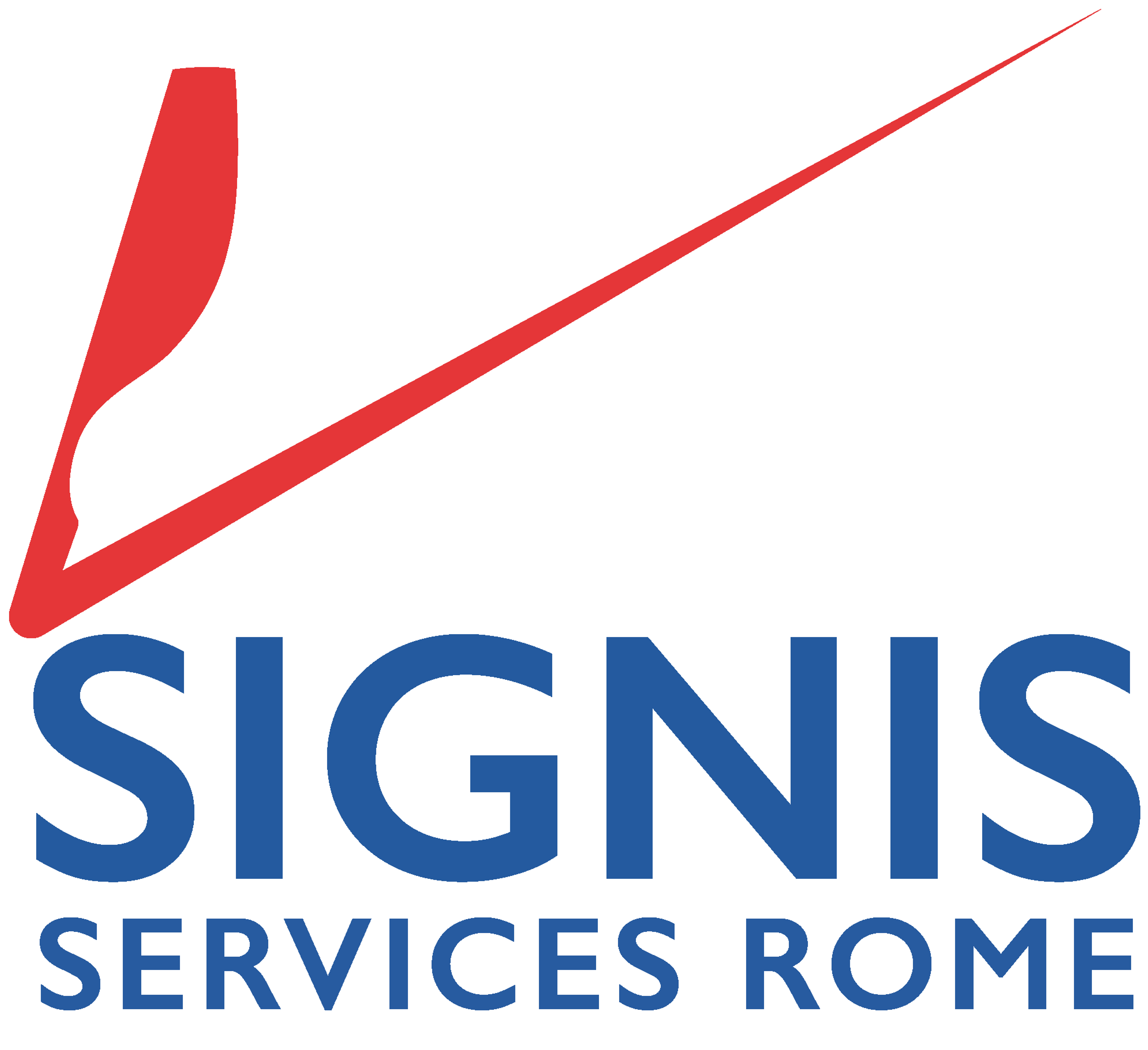We learned in the past module that the logframe must be developed in the first phase of the M.E.A.L. System and it is important because it contains elements that are missing in the Theory of Change (ToC) and the Results Framework (RF).
How to get started
The first thing to do when you start building a logframe is to state the objectives you want to achieve. Remember that the logframe consists of four columns, and the objectives statements are inserted in column 1.
The Objective statements provide information about those who change (individuals, communities, institutions, etc.); about what changes (behavior, knowledge, technologies, policies, etc.); and about the direction of the change (if it increases, decreases, etc.).
The reason why it is recommended to build the three models in order is that the objective statements are created from the Results Framework. The only objective statement that is not included in the RF are the activities that describe the work that will be conducted to deliver the project outputs.
The logic
At any level of the logframe, the objective statement must be completed in order to achieve the objective statement at the level above and this characterizes the vertical logic of the logframe. In general, objectives statements tend to be more strategic at the higher levels of the logframe, with the goal of answering evaluation questions such as: Is the project resulting in the changes we projected? At the same time, objectives statements at the lower levels tend to be more operational, because they focus on articulating the outputs of the project.
Besides the vertical logic, in a logframe we also have a horizontal logic, introduced by the assumptions. At each level of the logframe the assumption at that level must be true to realize the objective statement at the next level.
The general logic of the logframe can be explained as follows: if you reach the objective statements on one level AND the assumptions for that level are true, THEN you can work to reach the objective statement on the next level of the logframe.
Remember that in selecting assumptions, it is best to ensure that the project designer has minimized as much as possible the risks associated with them, and has identified those that will need to be validated.
In this module, we will analyze the two “new” components present in the logframe: the indicators and the measurement methods.
MODULE 3: Building a good M.E.A.L logframe – Download
Find the previous modules here.
If you are interested in knowing more about project writing and evaluation and would like to have the assistance of professionals, you can email us at ssr@signis.net. At SIGNIS Services Rome we are experts in the sector and have been involved in project writing for the creation and development of communications projects all over the world for decades.
*This content was curated by Valeria Appolloni and inspired by the materials published on Kaya, published for non-commercial and educational use.


